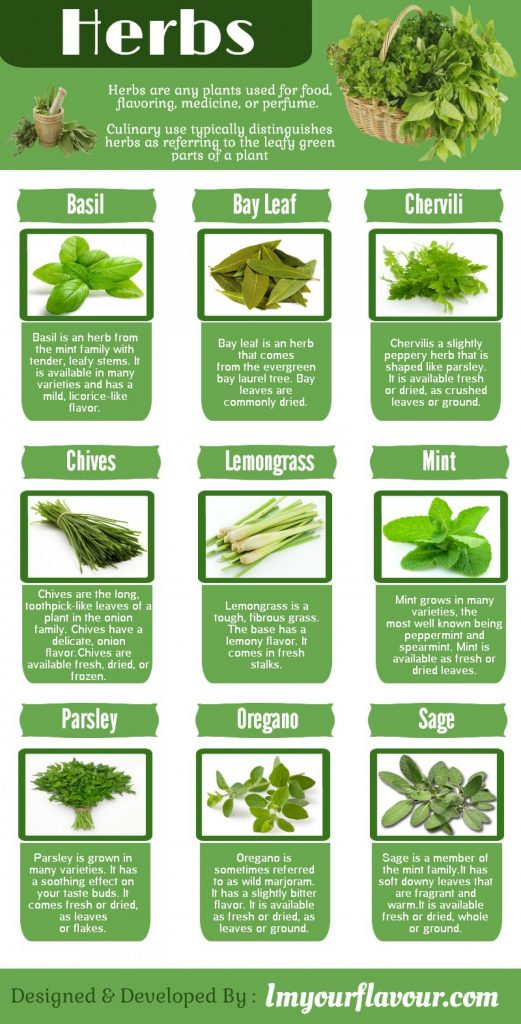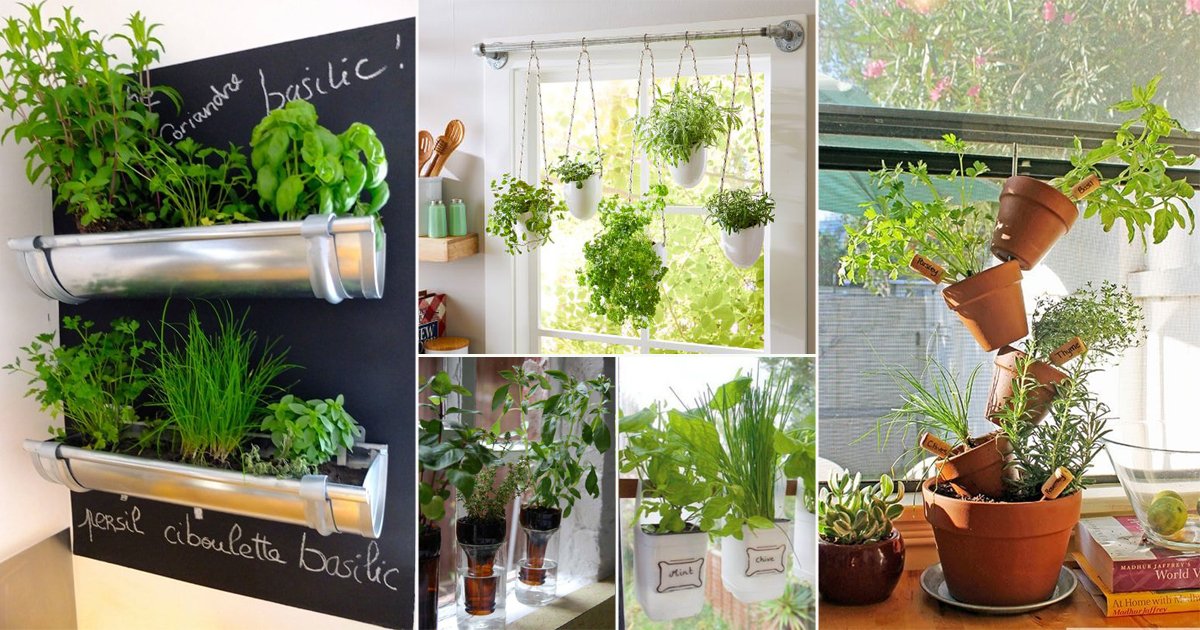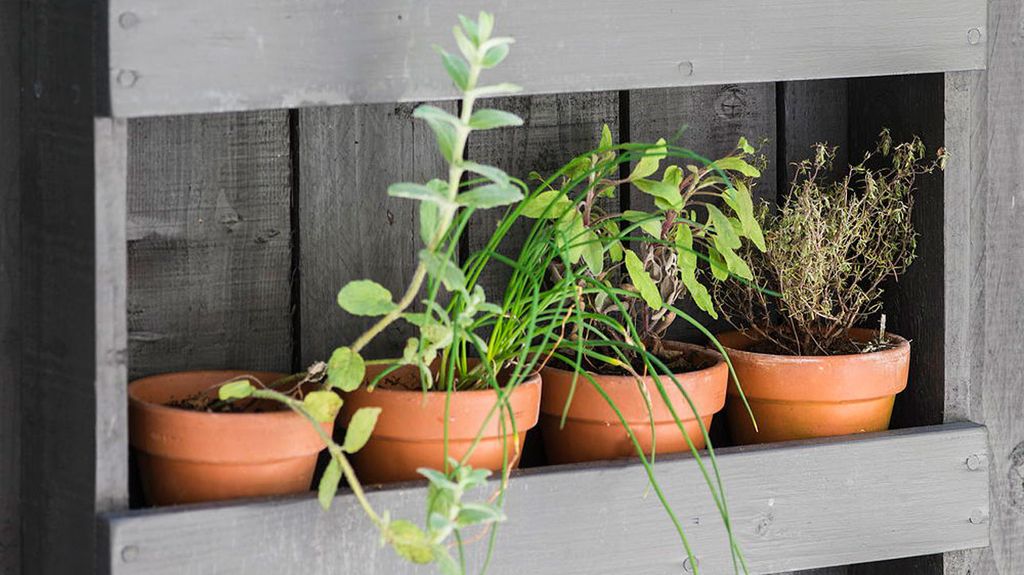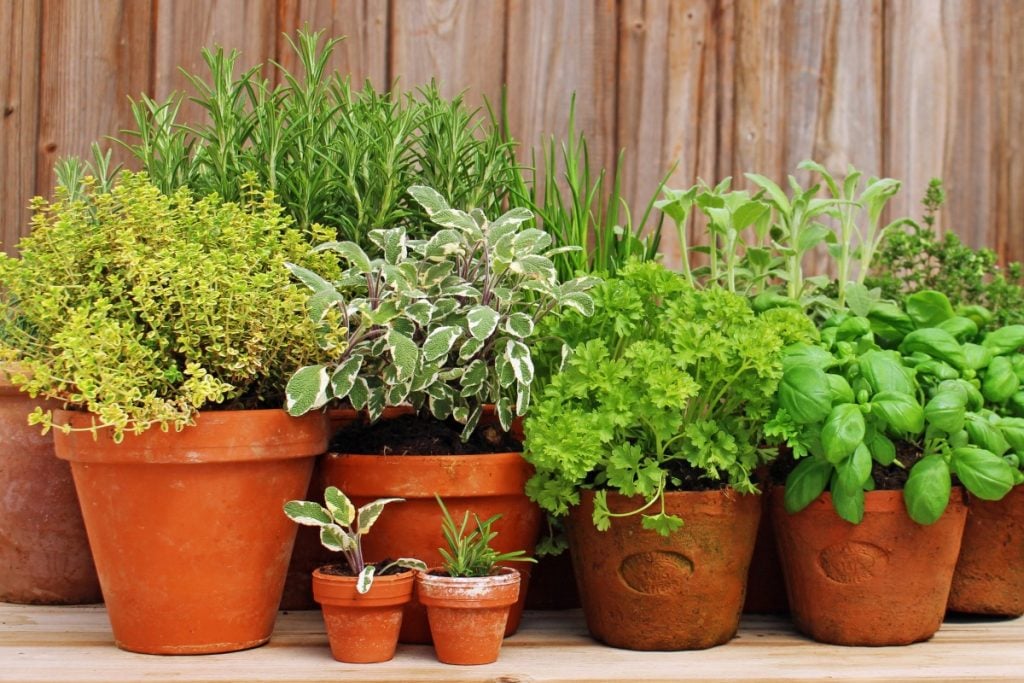Understanding Herb Growth Habits
Herbs are a diverse group of plants, each with its unique growth habits and space requirements. To determine how much space herbs need, it’s essential to understand their growth patterns. Herbs can be broadly classified into three main categories: spreading, upright, and trailing. Spreading herbs, such as mint and lemongrass, have a tendency to spread out and take up more space as they grow. Upright herbs, like rosemary and thyme, grow vertically and require less space. Trailing herbs, such as basil and oregano, have a vining habit and can be trained to climb up trellises or left to trail down.
For example, basil is a popular herb that can grow quite large if not pruned regularly. It has a spreading habit and can take up to 12-18 inches of space. On the other hand, thyme is a low-growing, upright herb that requires minimal space, typically around 6-8 inches. Understanding the growth habits of different herbs is crucial in determining how much space they need to thrive.
When planning an herb garden, it’s essential to consider the mature size of each plant and leave enough space for proper growth and air circulation. Overcrowding can lead to reduced growth, increased disease susceptibility, and decreased yields. By understanding the unique growth habits of each herb, gardeners can create a well-planned and thriving herb garden that meets their space requirements.
Factors Affecting Herb Space Requirements
When determining how much space herbs need, it’s essential to consider the various factors that influence their growth and development. Light, temperature, watering, and fertilization are all critical factors that can impact herb growth and, subsequently, their space requirements.
Light is one of the most critical factors affecting herb growth. Most herbs require at least 4-6 hours of direct sunlight per day to thrive. However, some herbs like mint and lemongrass can tolerate partial shade. When planning an herb garden, it’s crucial to consider the amount of light each herb requires and space them accordingly. For example, herbs that require full sun should be placed in a location that receives direct sunlight for most of the day.
Temperature is another factor that affects herb growth. Most herbs prefer daytime temperatures between 65-75°F (18-24°C) and nighttime temperatures around 55-65°F (13-18°C). Some herbs like basil and rosemary are sensitive to extreme temperatures and may require more space to accommodate their temperature requirements.
Watering and fertilization also play a crucial role in herb growth. Herbs require consistent moisture, especially when they’re producing leaves and flowers. However, overwatering can lead to root rot and other problems. Fertilization can also impact herb growth, as most herbs require a balanced diet of nutrients to thrive.
Understanding how these factors impact herb growth is crucial in determining how much space herbs need. By considering the specific needs of each herb, gardeners can create a well-planned and thriving herb garden that meets their space requirements. For example, herbs that require more light and warmer temperatures may need to be spaced further apart to accommodate their growth habits.
By taking these factors into account, gardeners can optimize their herb garden space for maximum yield and create a thriving and productive herb garden that meets their needs.
General Guidelines for Herb Spacing
When it comes to spacing herbs, there are some general guidelines to follow. The average distance between plants, rows, and beds can vary depending on the specific herb variety and growing conditions. However, here are some general guidelines to get you started:
For small herbs like thyme and oregano, a spacing of 6-8 inches (15-20 cm) between plants is recommended. For medium-sized herbs like rosemary and sage, a spacing of 12-18 inches (30-45 cm) is recommended. For larger herbs like mint and lemongrass, a spacing of 18-24 inches (45-60 cm) is recommended.
When it comes to rows, a general rule of thumb is to space them 12-18 inches (30-45 cm) apart. This allows for good air circulation and easy access for harvesting. For beds, a spacing of 3-4 feet (90-120 cm) between beds is recommended. This allows for easy access and maintenance.
However, these are just general guidelines, and the specific spacing requirements for your herbs will depend on the variety, growing conditions, and mature size of the plants. For example, if you’re growing a compact variety of rosemary, you may be able to space them closer together. On the other hand, if you’re growing a larger variety of mint, you may need to space them further apart.
It’s also important to consider the growth habits of your herbs when spacing them. For example, if you’re growing a trailing herb like lemongrass, you may want to space them closer together to encourage them to spread out. On the other hand, if you’re growing an upright herb like rosemary, you may want to space them further apart to allow for good air circulation.
By following these general guidelines and considering the specific needs of your herbs, you can create a well-planned and thriving herb garden that meets your space requirements.
How to Calculate Herb Garden Space
Calculating the space needed for an herb garden can be a bit tricky, but with a few simple steps, you can determine the perfect amount of space for your herbs. Here’s a step-by-step guide to help you calculate the space needed for your herb garden:
Step 1: Measure the Area
Start by measuring the area where you plan to create your herb garden. Take note of the length and width of the space, as well as any obstacles or features that may affect the layout of your garden.
Step 2: Determine the Number of Plants
Next, determine how many plants you want to include in your herb garden. Consider the types of herbs you want to grow, as well as their mature size and growth habits. Make a list of the herbs you want to include and their corresponding space requirements.
Step 3: Consider Companion Planting
Companion planting is the practice of growing different plants together to improve their growth and health. When calculating the space needed for your herb garden, consider which herbs can be grown together and which ones should be kept separate.
Step 4: Calculate the Space Needed
Using the measurements from Step 1 and the list of herbs from Step 2, calculate the total space needed for your herb garden. Consider the mature size of each plant, as well as their growth habits and spacing requirements.
For example, if you want to grow a mix of basil, rosemary, and thyme, you’ll need to calculate the space needed for each plant. Basil requires about 12-18 inches of space, while rosemary requires about 18-24 inches. Thyme requires about 6-12 inches of space. Based on these requirements, you can calculate the total space needed for your herb garden.
By following these steps, you can determine the perfect amount of space for your herb garden and ensure that your plants have enough room to grow and thrive.
Popular Herb Varieties and Their Space Requirements
When it comes to growing herbs, it’s essential to understand the specific space requirements of each variety. Here are some popular herb varieties and their space requirements:
Basil: Basil is a popular herb that requires about 12-18 inches of space between plants. It has a spreading growth habit and can grow quite large if not pruned regularly. To optimize space, consider growing compact varieties like ‘Genovese’ or ‘Sweet Basil’.
Rosemary: Rosemary is a drought-tolerant herb that requires about 18-24 inches of space between plants. It has an upright growth habit and can grow quite tall if not pruned regularly. To optimize space, consider growing compact varieties like ‘Blue Boy’ or ‘Miss Jessop’s Upright’.
Thyme: Thyme is a low-growing herb that requires about 6-12 inches of space between plants. It has a spreading growth habit and can be grown in containers or directly in the ground. To optimize space, consider growing compact varieties like ‘Creeping Thyme’ or ‘Elfin’.
Mint: Mint is a hardy herb that requires about 12-18 inches of space between plants. It has a spreading growth habit and can grow quite invasive if not contained. To optimize space, consider growing compact varieties like ‘Peppermint’ or ‘Spearmint’.
Chives: Chives are a low-maintenance herb that requires about 6-12 inches of space between plants. They have a clumping growth habit and can be grown in containers or directly in the ground. To optimize space, consider growing compact varieties like ‘Fine Leaf’ or ‘Giant’.
By understanding the specific space requirements of each herb variety, you can create a thriving and productive herb garden that meets your needs.
Maximizing Space in Small Herb Gardens
Even with limited space, you can still create a thriving herb garden. Here are some tips and techniques for maximizing space in small herb gardens:
Vertical Gardening: One of the most effective ways to maximize space in small herb gardens is to use vertical gardening techniques. You can use a trellis or a wall-mounted planter to grow vining herbs like mint, lemongrass, and rosemary.
Container Gardening: Container gardening is another great way to maximize space in small herb gardens. You can use small pots or planters to grow a variety of herbs, and place them on a balcony, patio, or even indoors.
Companion Planting: Companion planting is a technique where you plant different herbs together to maximize space and promote healthy growth. For example, you can plant basil and mint together, as they have different growth habits and can benefit from each other’s shade and fragrance.
Use a Tiered Planter: A tiered planter is a great way to maximize space in small herb gardens. You can plant different herbs on each tier, and use the space underneath the planter for additional herbs or other plants.
Make the Most of Corners: Corners are often wasted space in small herb gardens, but you can make the most of them by using corner planters or trellises. This will allow you to grow more herbs in a smaller space.
Use a Hanging Basket: Hanging baskets are a great way to add more herbs to your garden without taking up too much space. You can hang them from a tree branch, a hook, or even a balcony railing.
By using these techniques, you can create a thriving and productive herb garden even in a small space.
Common Mistakes to Avoid in Herb Garden Spacing
When it comes to spacing herbs, there are several common mistakes to avoid. These mistakes can lead to reduced growth, decreased yields, and increased susceptibility to disease and pests.
Overcrowding: One of the most common mistakes in herb garden spacing is overcrowding. When herbs are planted too close together, they can compete for light, water, and nutrients, leading to reduced growth and yields. To avoid overcrowding, make sure to leave enough space between each plant, taking into account their mature size and growth habits.
Under-Spacing: On the other hand, under-spacing can also be a problem. When herbs are planted too far apart, they may not receive enough light and may be more susceptible to disease and pests. To avoid under-spacing, make sure to plant herbs at the recommended distance, taking into account their mature size and growth habits.
Neglecting to Consider Mature Plant Size: Another common mistake is neglecting to consider the mature size of the plants when spacing them. This can lead to overcrowding or under-spacing, as well as reduced growth and yields. To avoid this mistake, make sure to research the mature size of each herb variety and plan accordingly.
Not Considering Companion Planting: Companion planting is an important consideration when spacing herbs. Some herbs, such as basil and mint, can benefit from being planted together, while others, such as rosemary and thyme, may not. To avoid mistakes, make sure to research companion planting recommendations for each herb variety.
By avoiding these common mistakes, you can create a thriving and productive herb garden that meets your needs and provides you with fresh, fragrant herbs all season long.
Creating a Thriving Herb Garden with Proper Spacing
Proper spacing is crucial for creating a thriving herb garden. By understanding the unique growth habits of different herbs and following the guidelines and tips provided in this article, you can create a garden that is both productive and beautiful.
Remember, the key to a successful herb garden is to provide each plant with enough space to grow and thrive. By avoiding common mistakes such as overcrowding and under-spacing, you can ensure that your herbs receive the light, water, and nutrients they need to grow strong and healthy.
With a little planning and creativity, you can create an herb garden that is tailored to your specific needs and space constraints. Whether you have a large backyard or a small balcony, you can use the techniques and strategies outlined in this article to create a thriving herb garden that provides you with fresh, fragrant herbs all season long.
So why not get started today? With the right spacing and care, your herb garden can be a source of joy and inspiration for years to come. Happy gardening!








